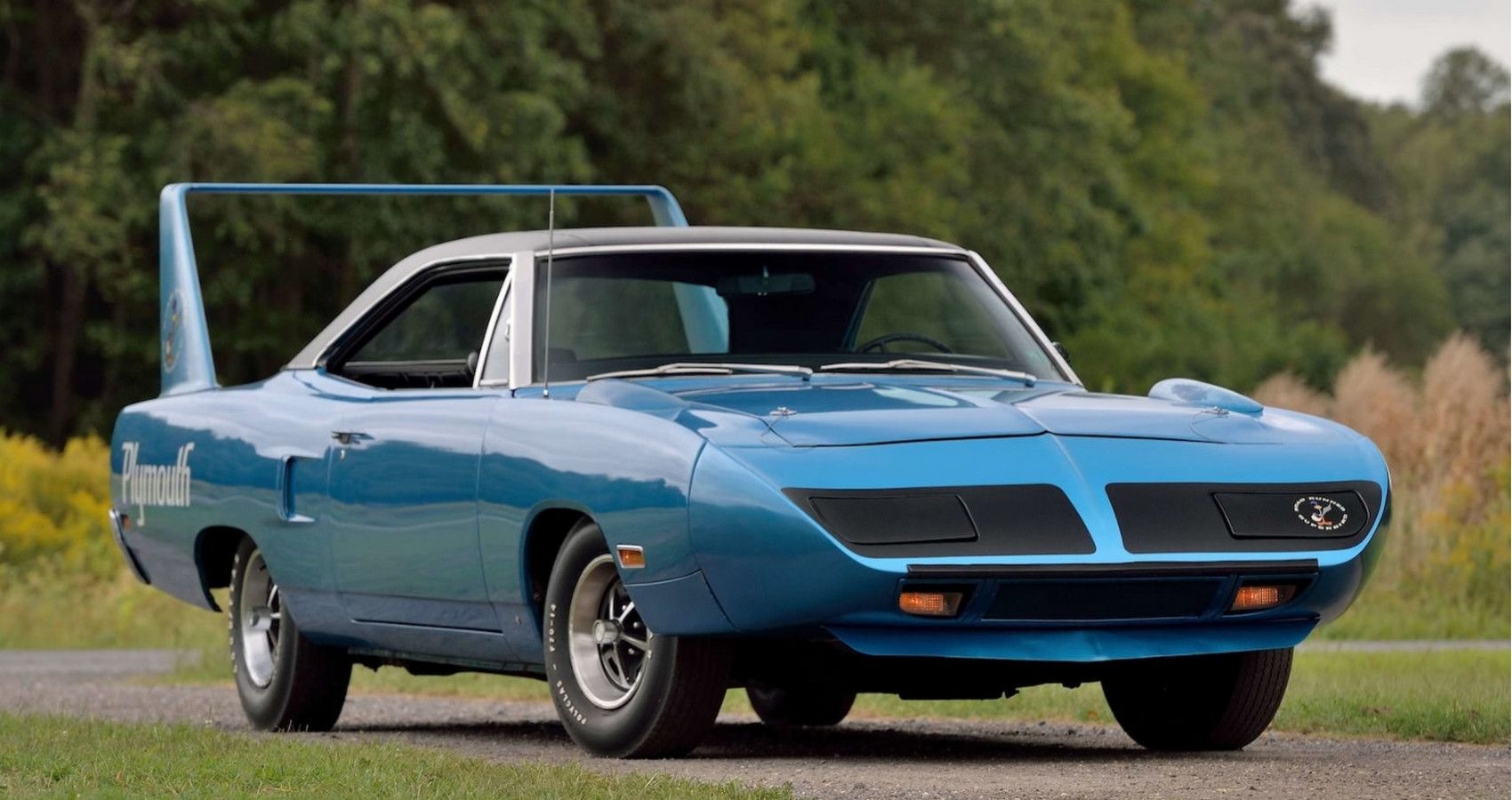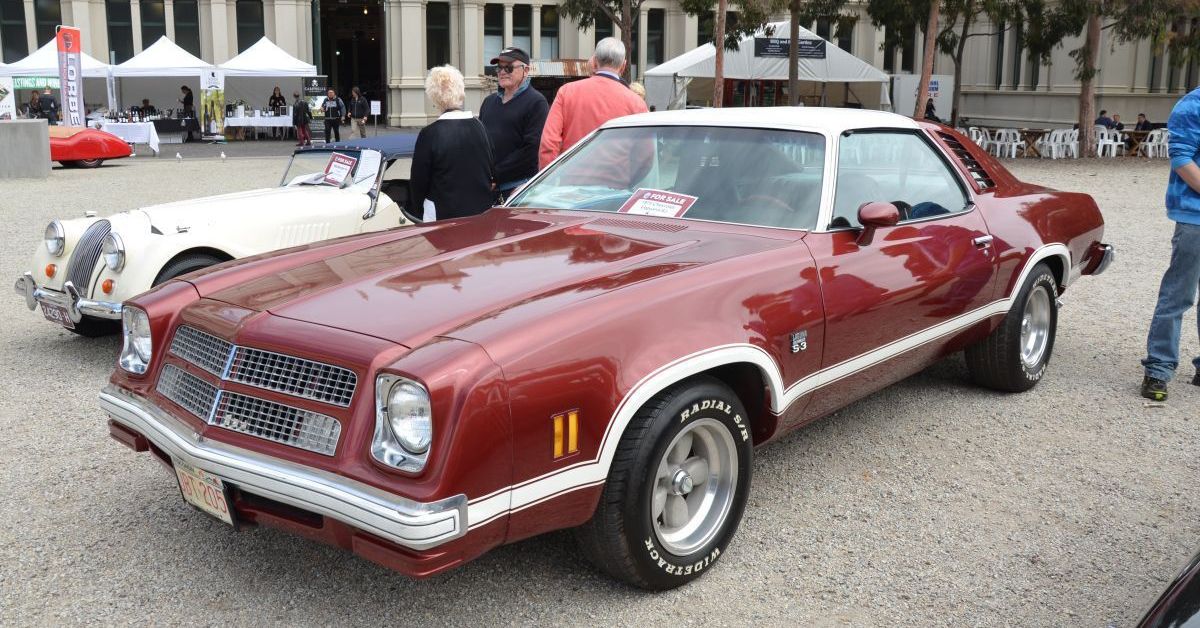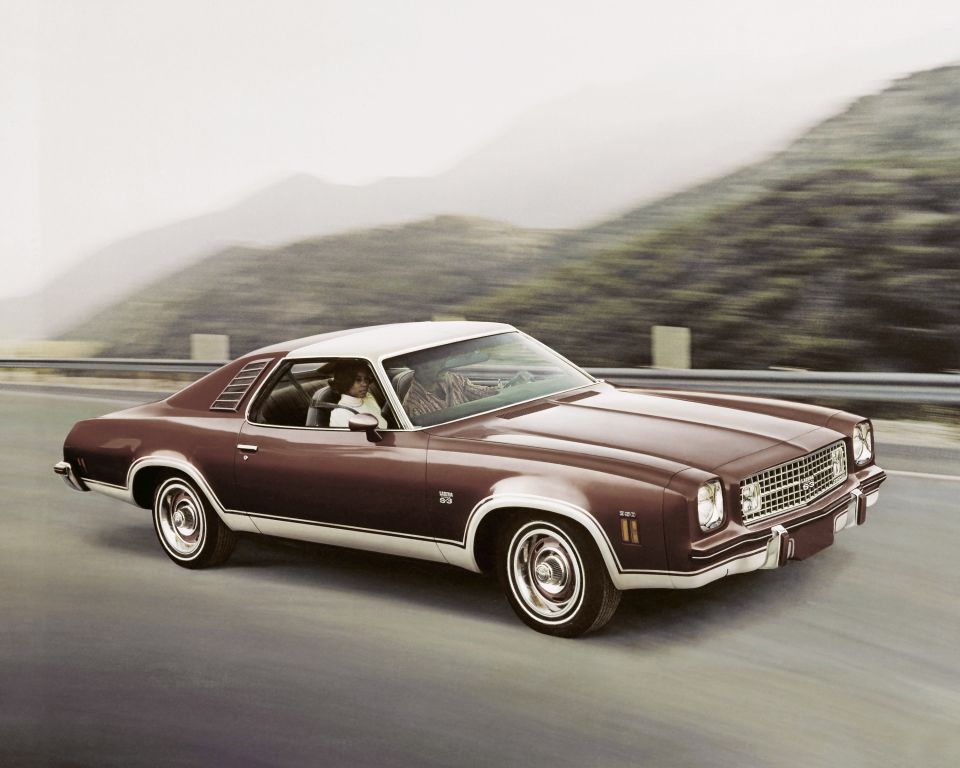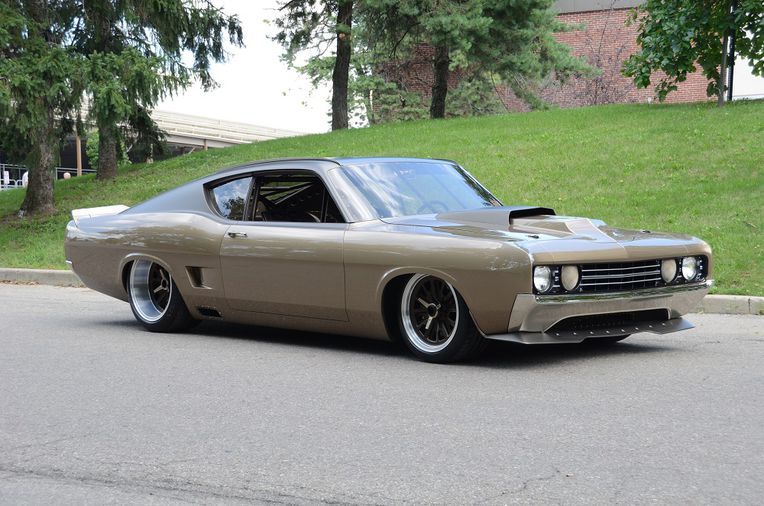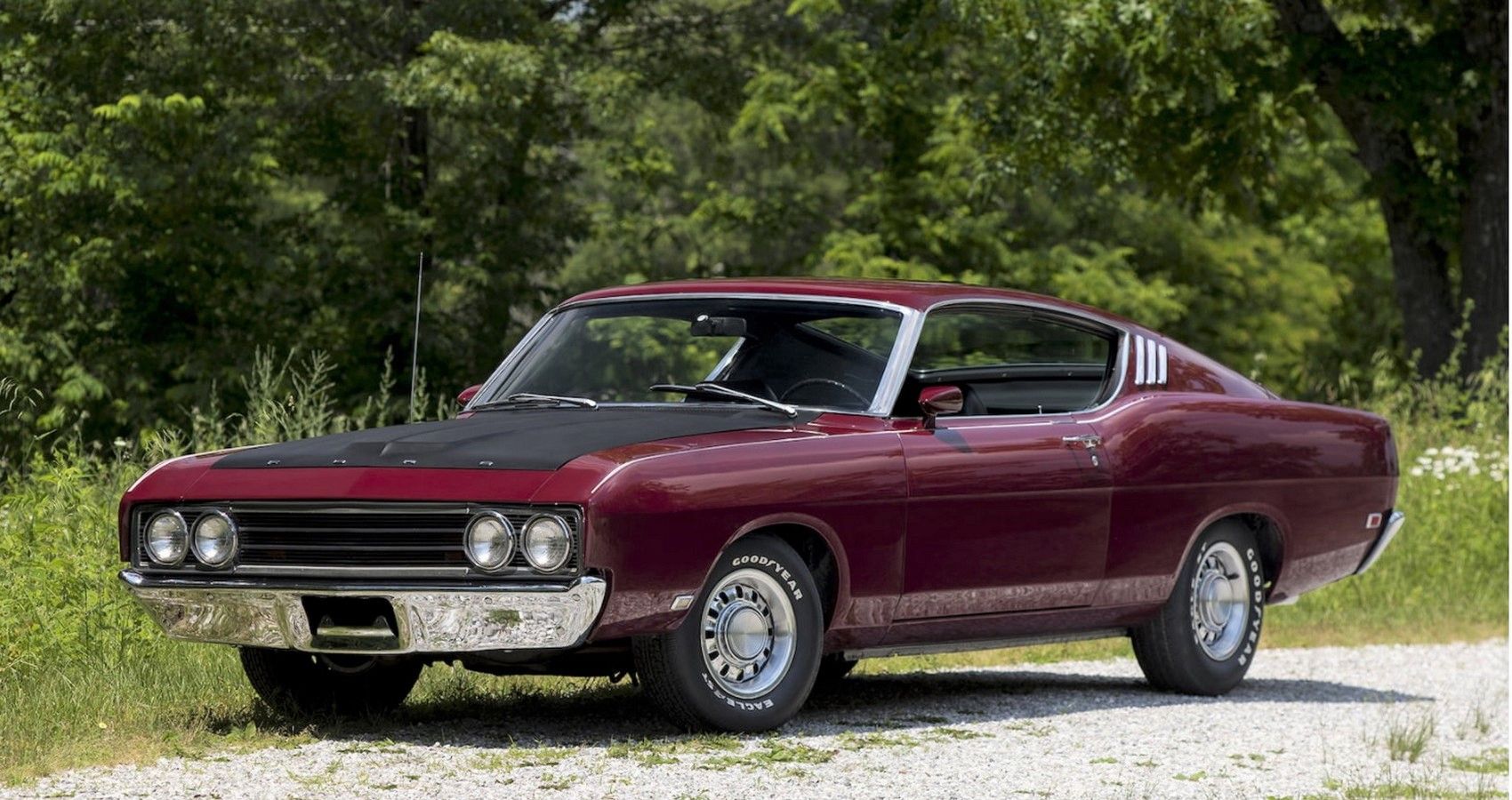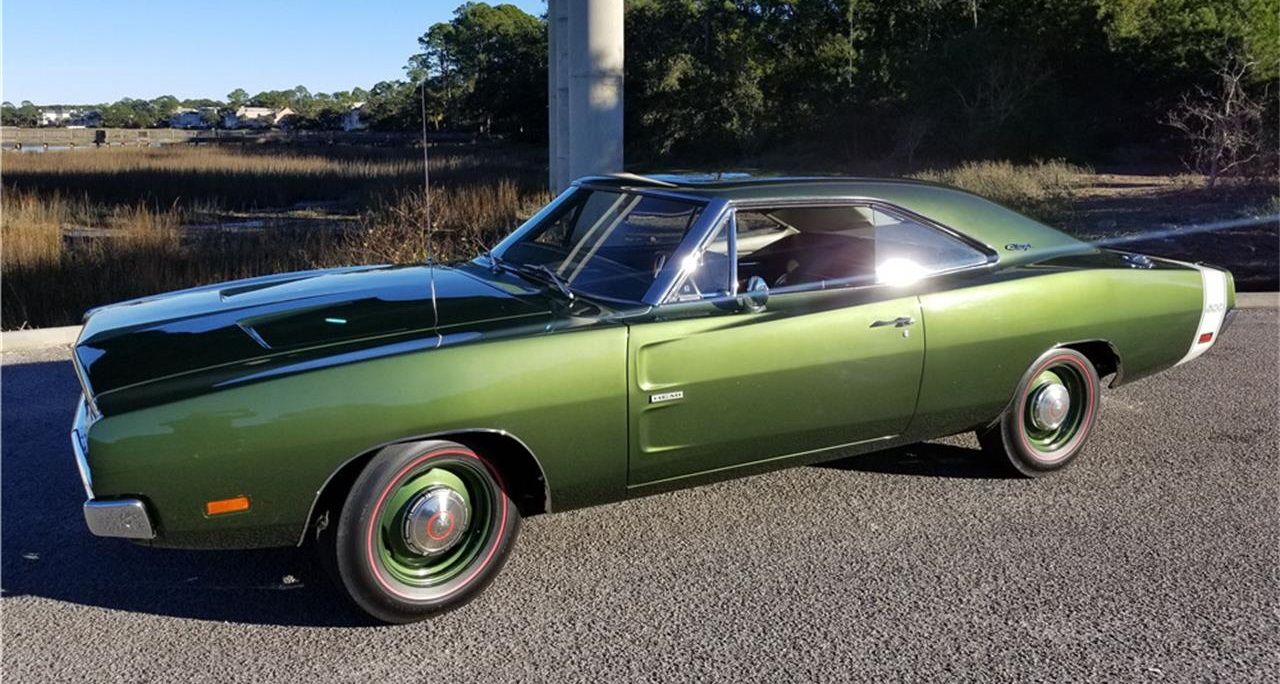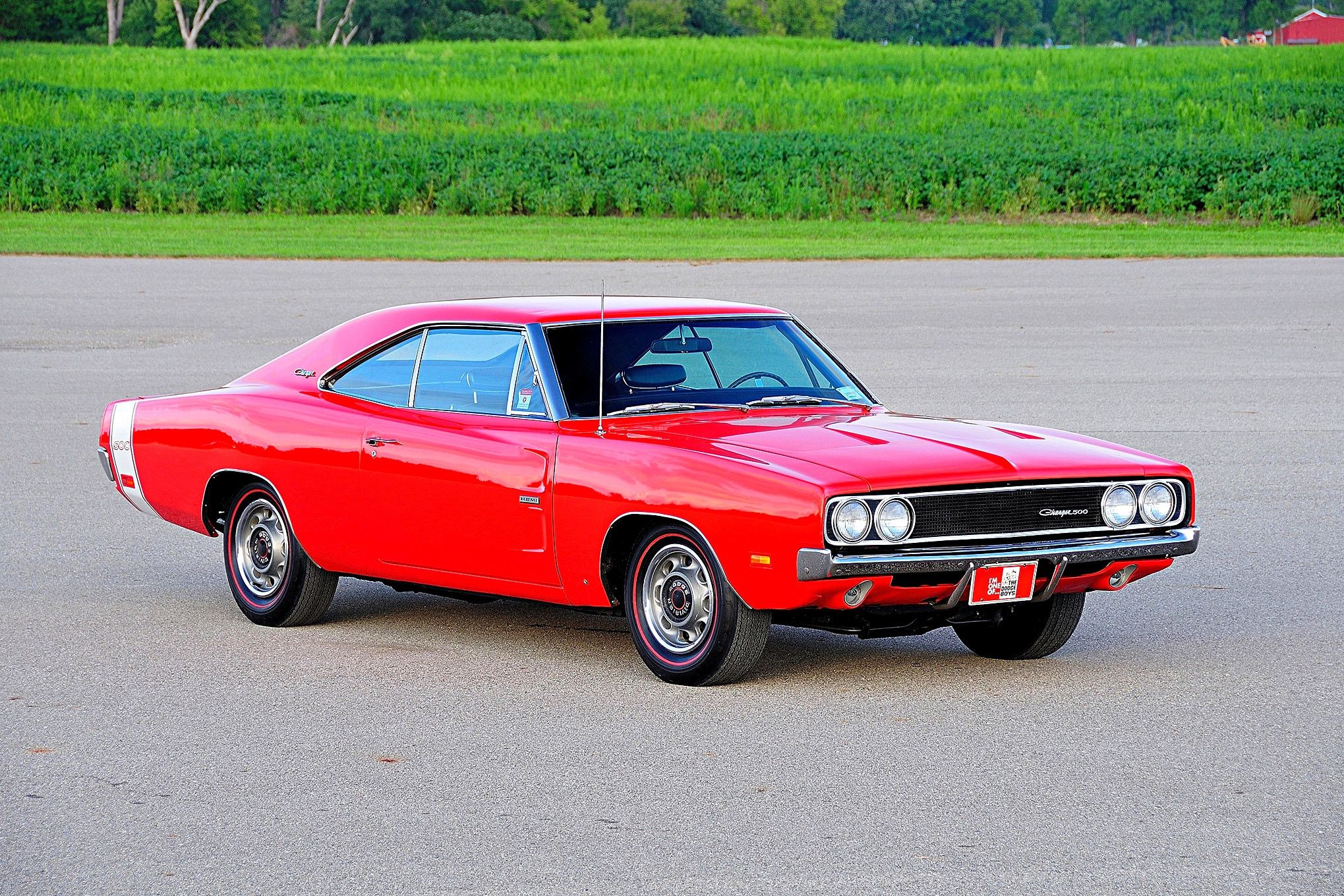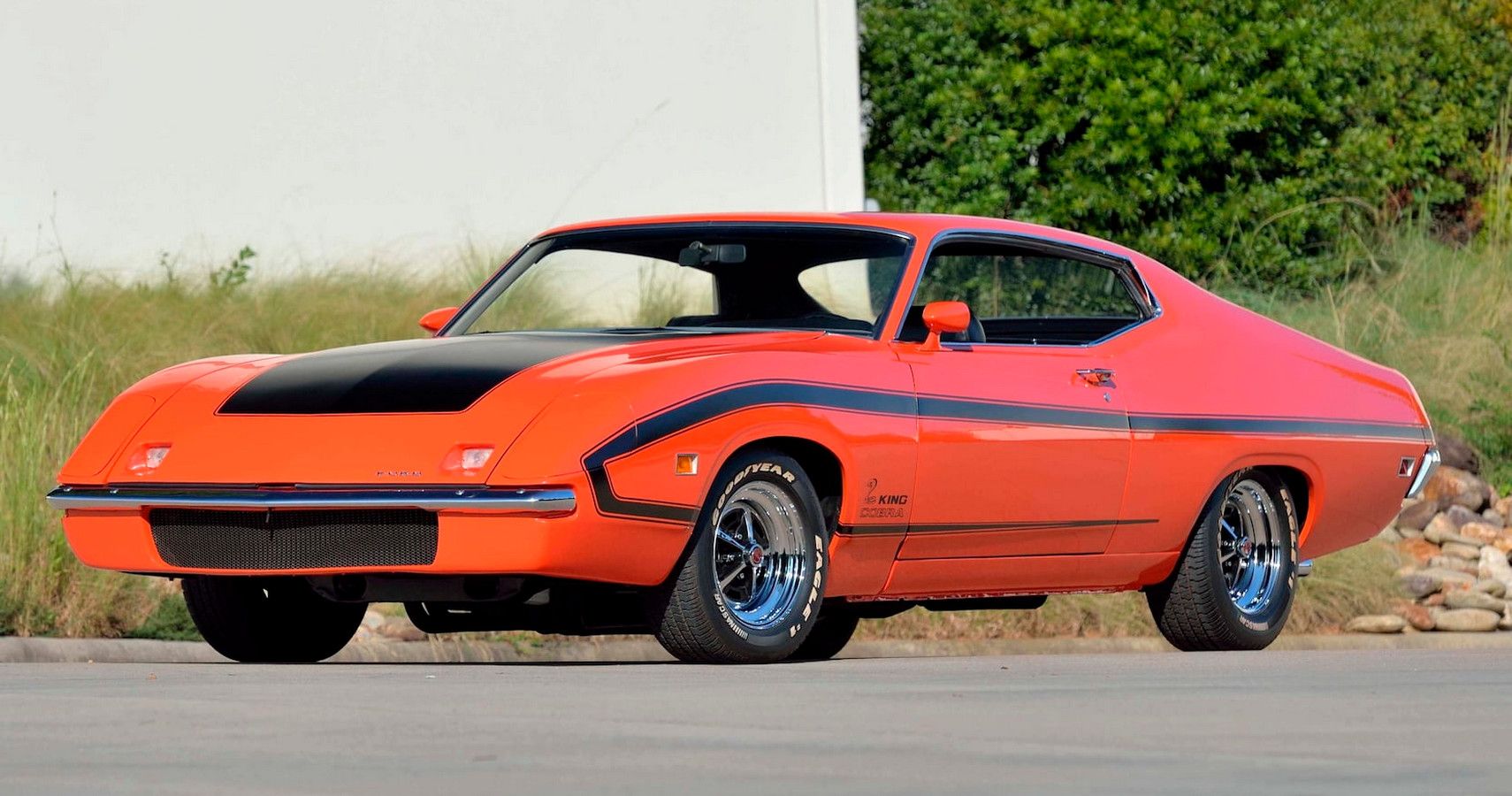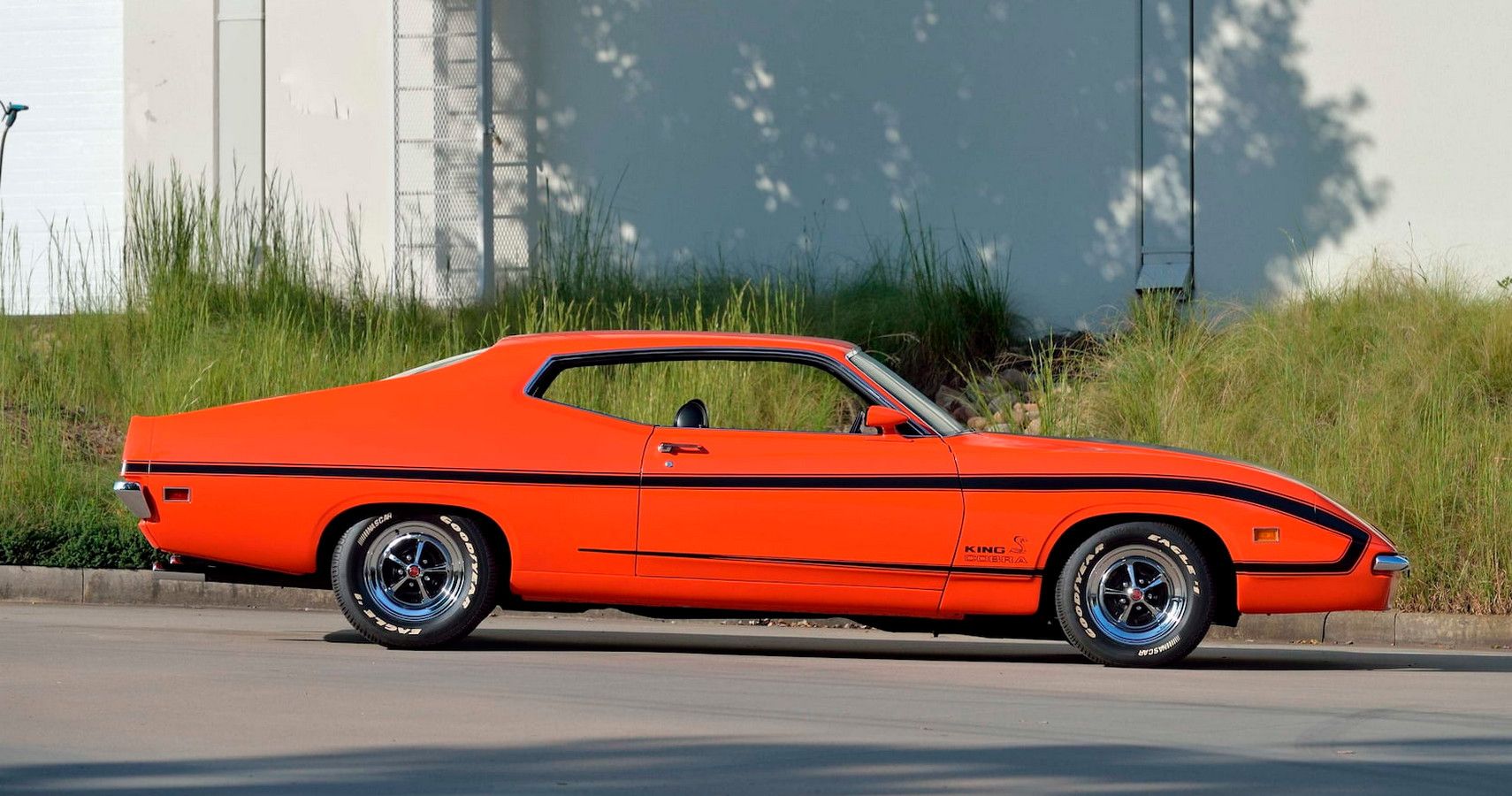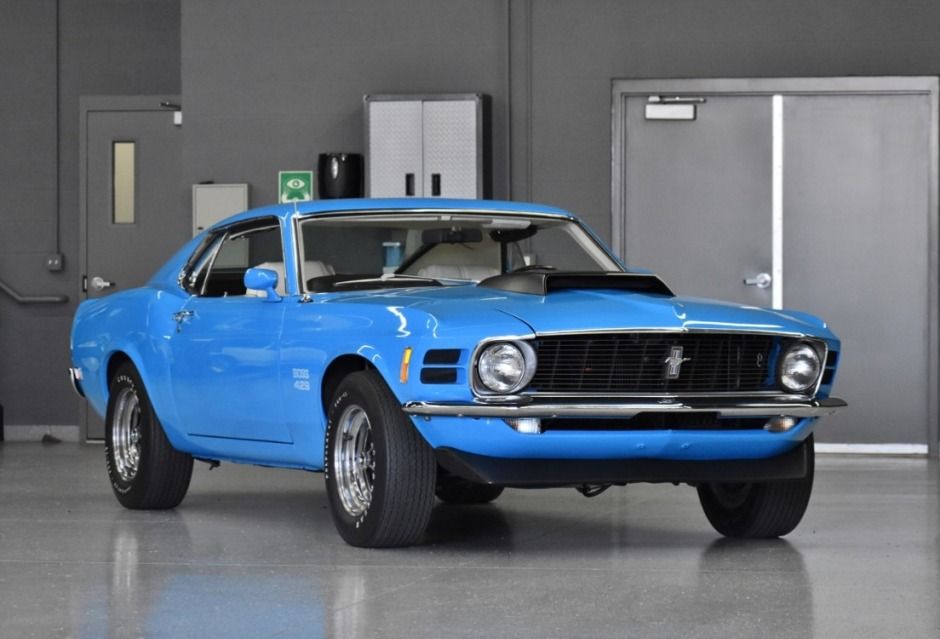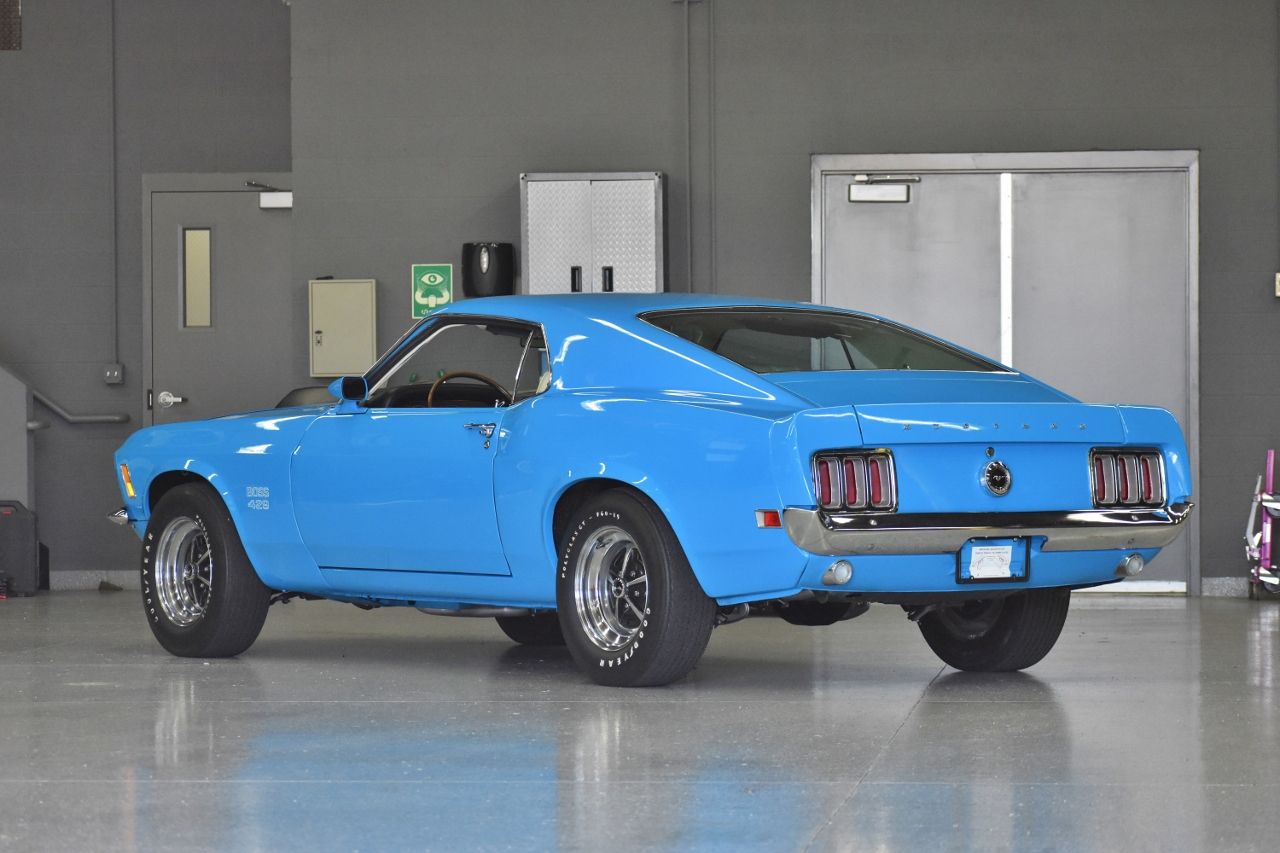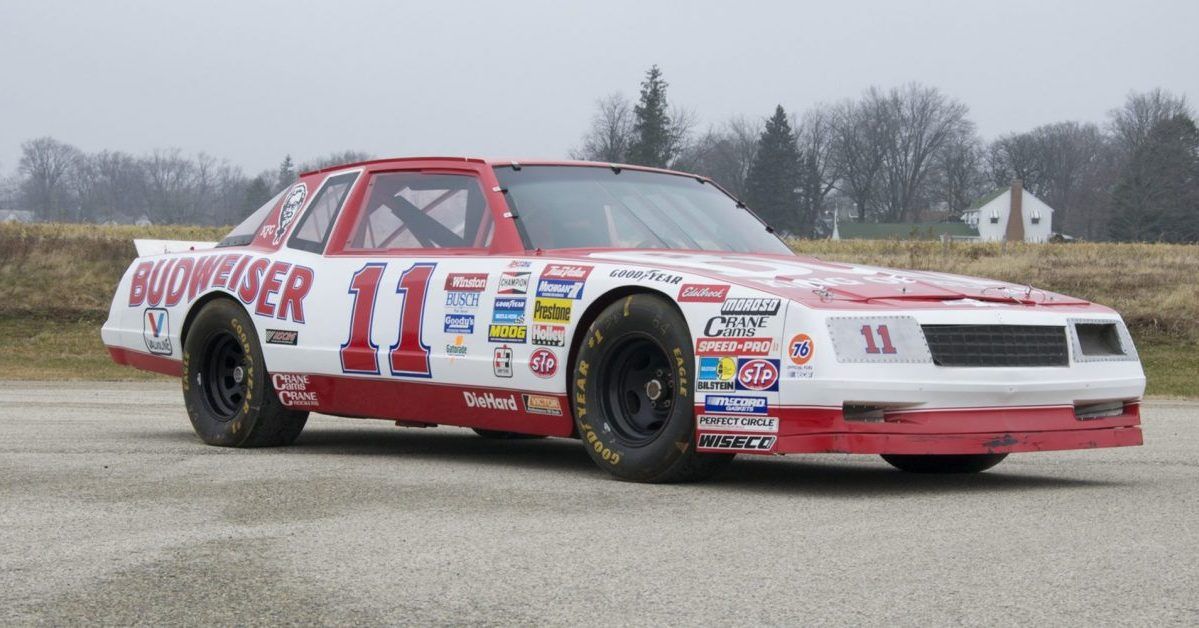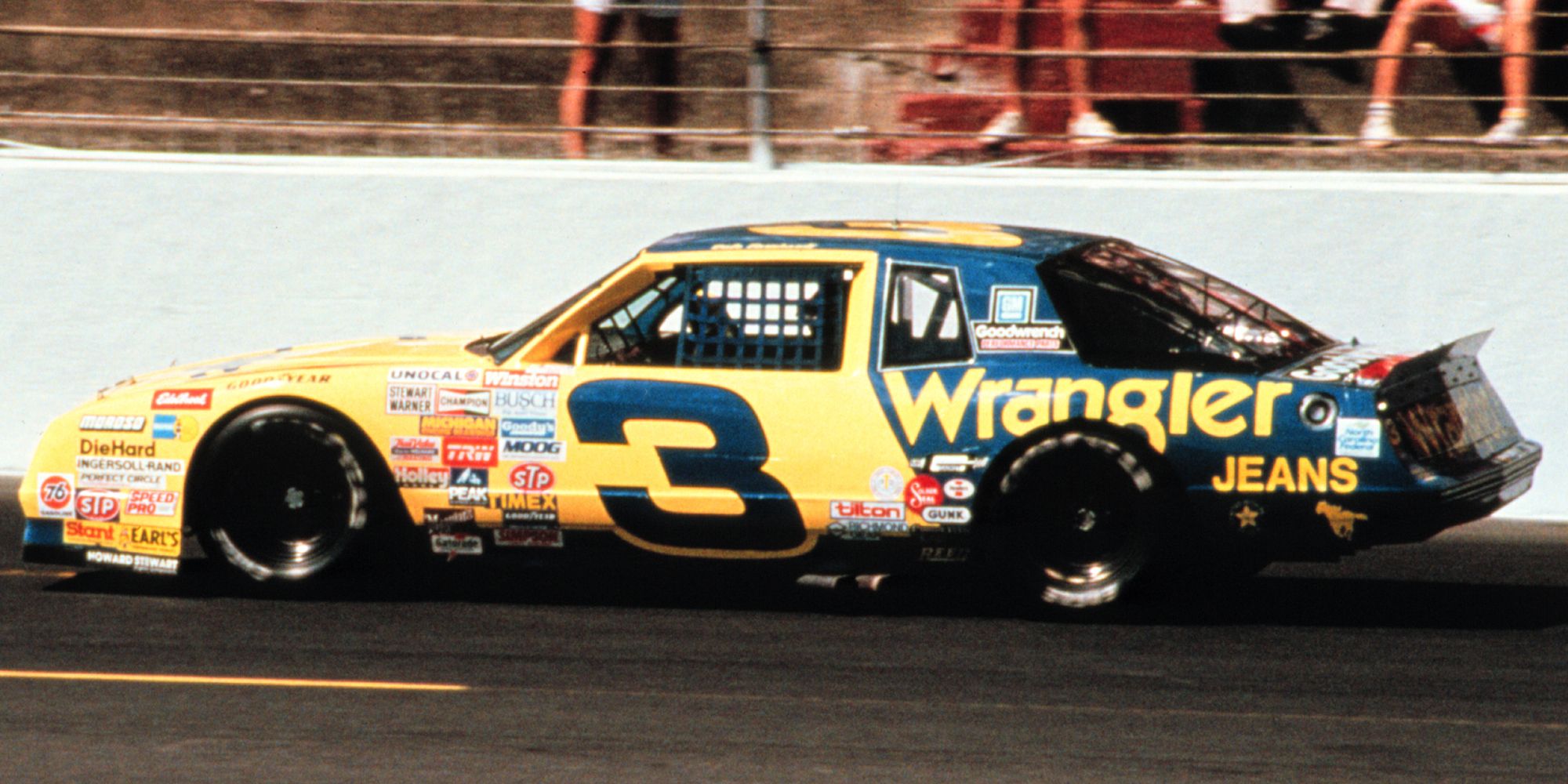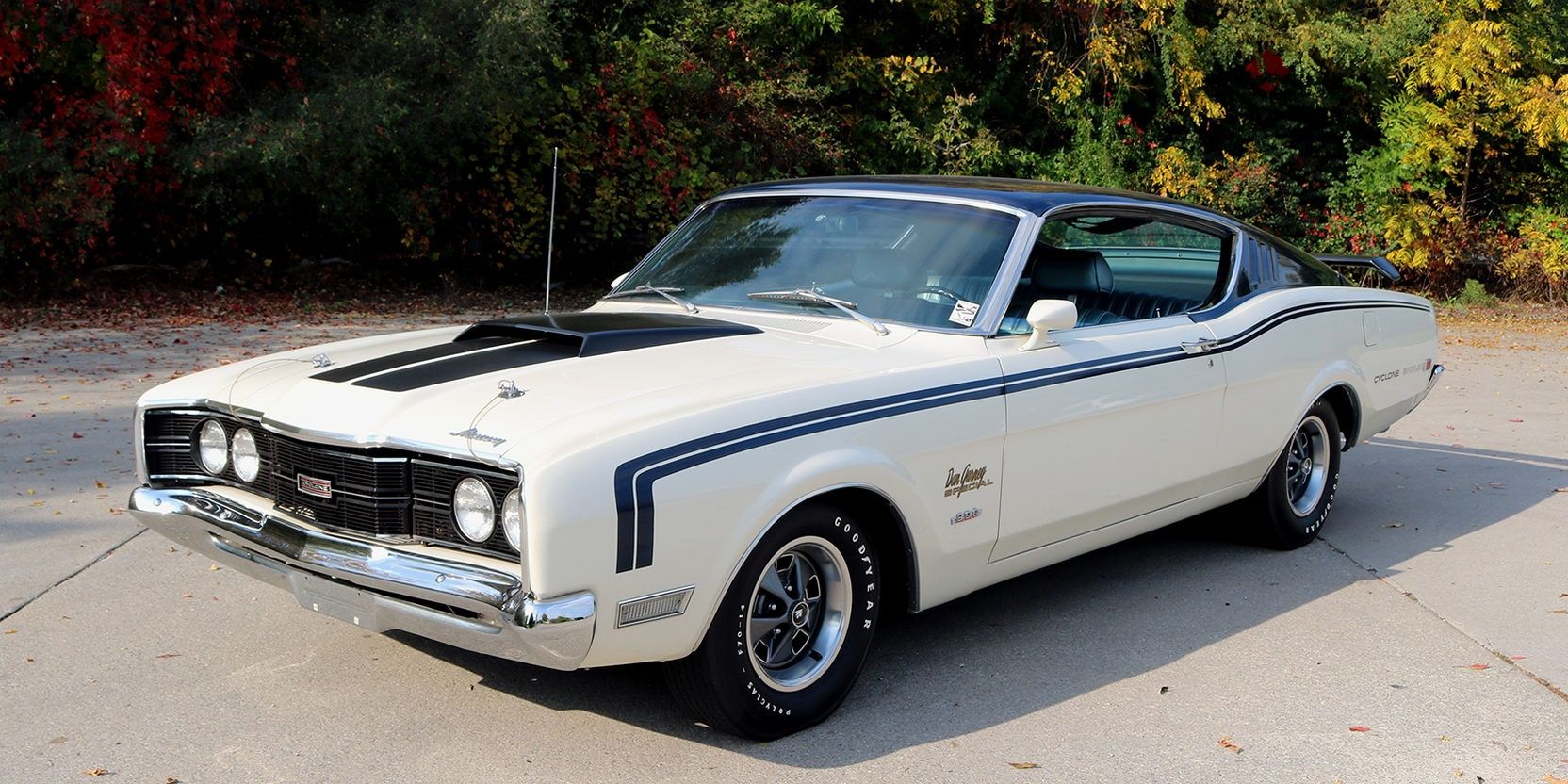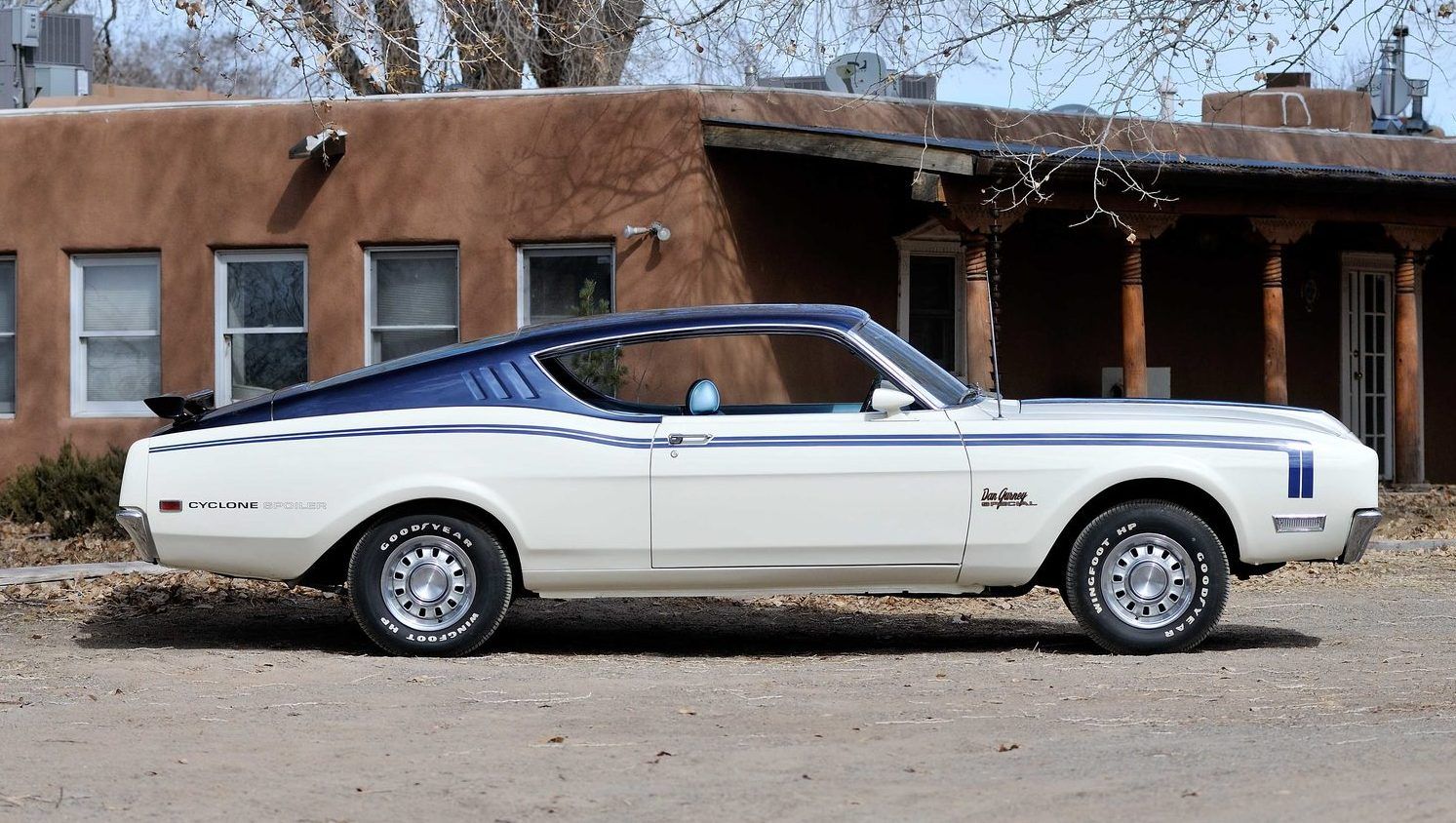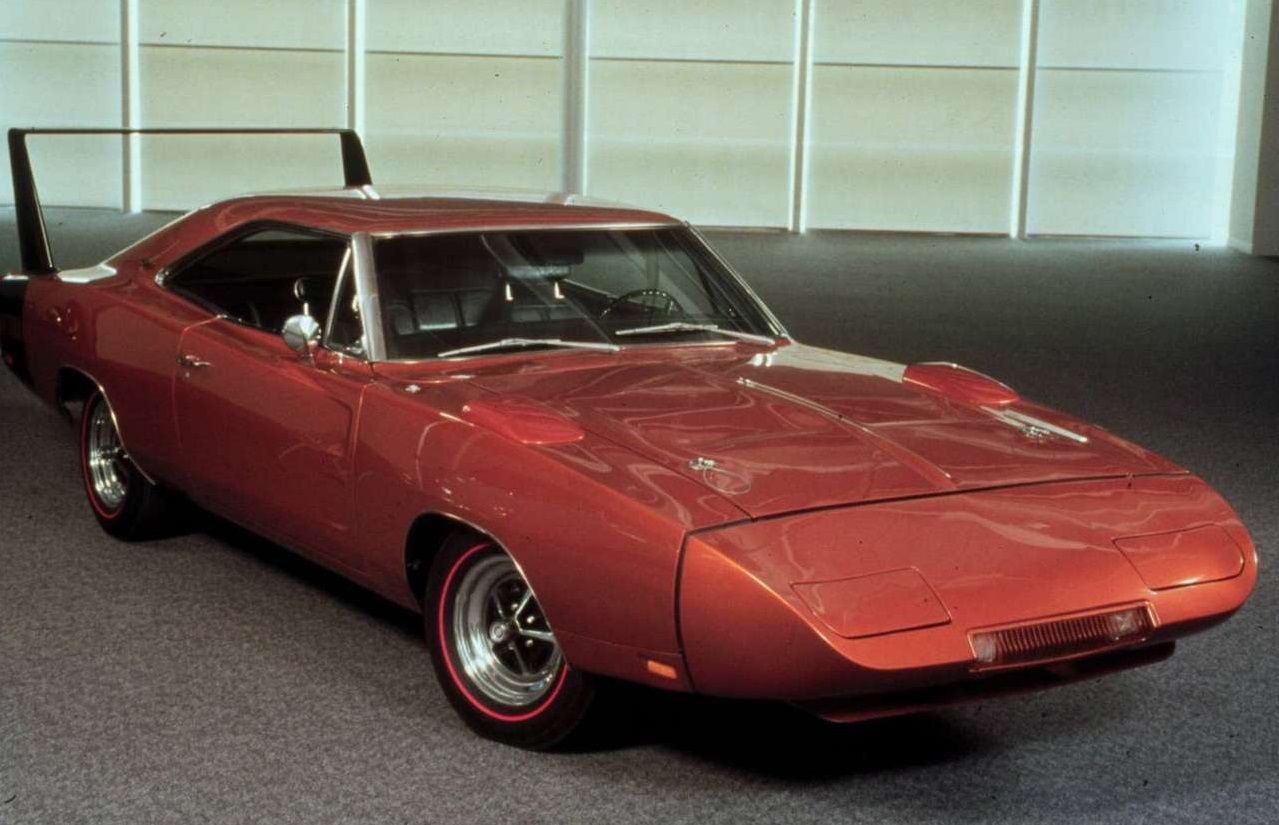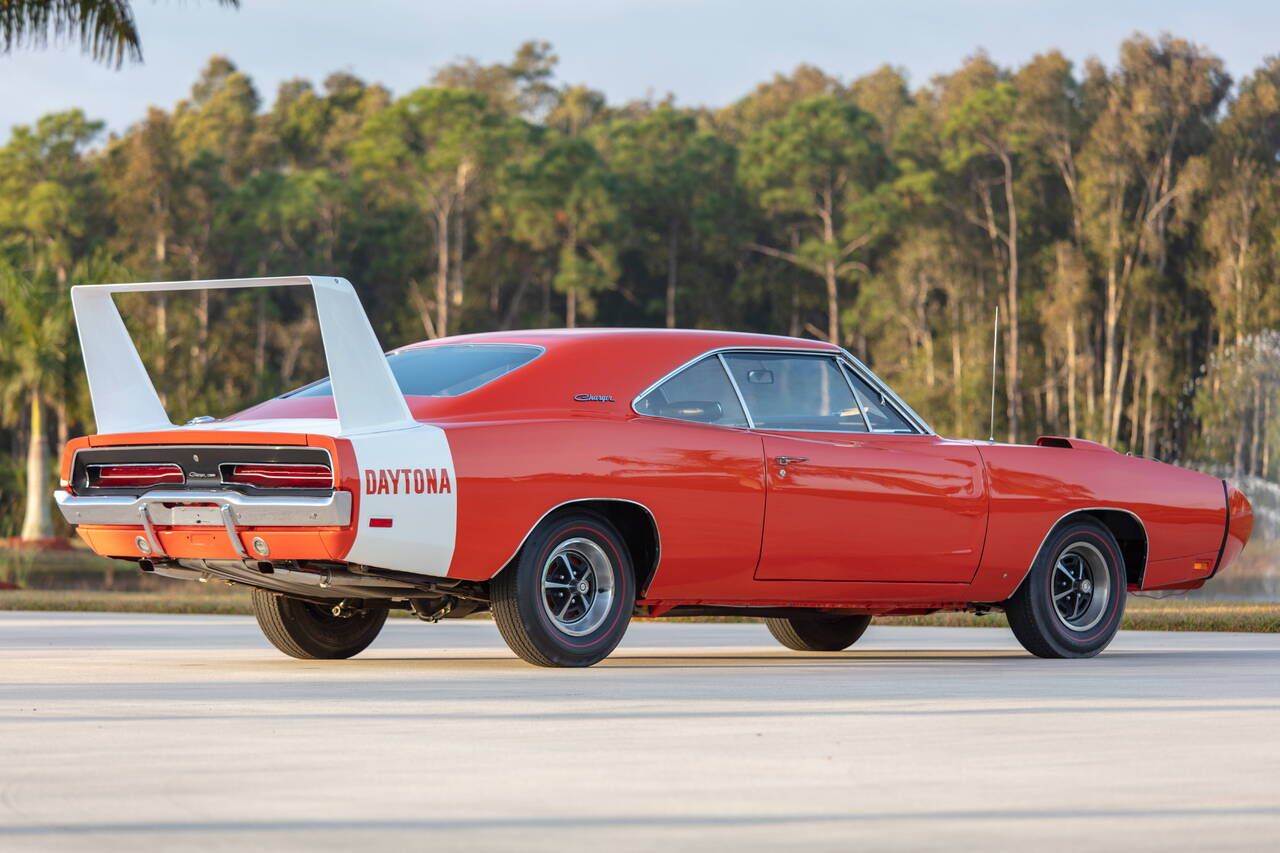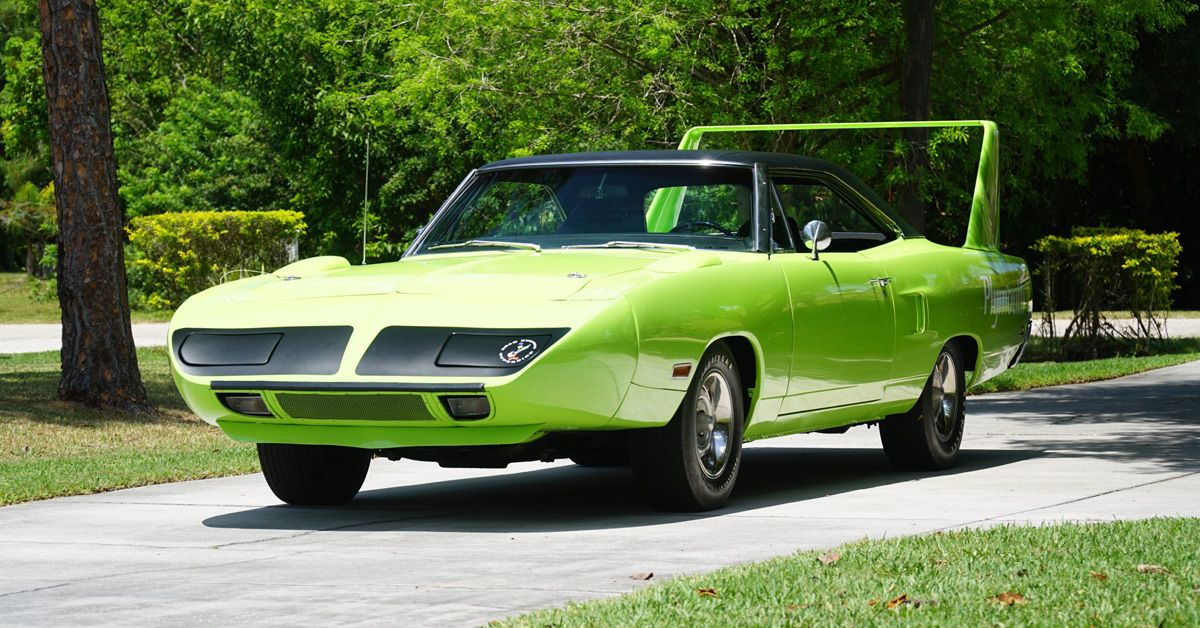Although the National Association for Stock Car Auto Racing was founded in 1948, stock car racing dates to the Prohibition era in the 1920s. After Prohibition ended in 1933, stock car racing continued to grow in popularity, with cars getting faster, thus improving the racing scene.
But racing rules varied from event to event until William "Bill" France Sr gathered members of the racing community to form a governing body to sanction and promote racing. NASCAR was born and grew from a small organization formed on the sands of Daytona to become one of America's most revered spectator sports and a multi-billion-dollar industry.
NASCAR started as a strictly stock division, and Big Bill's vision was to have real stock cars on his speedways, a departure from older, modified coupes from the prewar era. This led to homologation rules requiring manufacturers to sell a certain number of cars or engines to the public to qualify for the competition. These Homologation specials were street cars with sleeker aerodynamics and bigger engines for top performance. Here is our pick of the coolest NASCAR homologation specials.
9 1975 Chevy Laguna Type S-3
The mid-1970s were a tough period for performance cars, as they faced fuel economy, strict emission regulations, and safety requirements. Manufacturers were struggling to replicate the glorious muscle cars of the 60s. Although the NASCAR aero wars were over, Chevy remained keen on the sport, and in 1975 they produced the Laguna Type S-3, a more aerodynamic version of the Chevelle, featuring a sloped body-color urethane front end.
The shovelnose Laguna Type S-3 wasn't pretty to the eye, but it dominated NASCAR racing for a while, with Cale Yarborough winning nine races and the 1976 championship. In 1977, the car won 14 events, including the Daytona 500.
8 1969 Ford Torino Talladega
Ford built the Ford Torino Talladega during the first few weeks of 1969, and the muscle car turned into a deadly weapon on the NASCAR race tracks. The Talladega, considered the first aero war warrior, was a real gun in a knife fight. It ruled 1969 with 26 race wins on top of the championship.
The Talladega was based on the already famous Torino nameplate, but was almost six inches longer than the stock Torino. Ford also pulled a special homologation trick on Big Bill by having him count the same cars thrice and then bring him close to tears after naming it after France's new multimillion-dollar racetrack. But they met production requirements in time for the new season.
7 1969 Dodge Charger 500
By the mid-60s, Ford and General Motors had conjured new exotic engines and body reshapes that overthrew Chrysler's Race Hemi dominance of the first half of the decade. So, in 1966 Dodge introduced the Charger fastback. It went through major redesigns, notably in 1968, and in 1969, they finally cracked the aerodynamic code resulting in the Charger 500, so named after the number required for NASCAR homologation.
But Dodge only made and sold 392 Charger 500 coupes. Also, despite pulling all efforts, the car could not steal back NASCAR dominance, and although they aren't as popular as their winged siblings, the car is still highly sought after in the collector’s market.
6 1970 Ford Torino King Cobra
Ford tasked the creator of the successful Mustang Boss 302 with redesigning the Torino with the sole purpose of beating the winged and 426 Hemi-powered Dodge Charger Daytona and Plymouth Superbird. Ford's dominance with the Talladega was under threat from Mopar, and they hoped this Torino King Cobra fastback with a radically sloped one-piece nose would keep up with the winged competition.
But thanks to factors like politics inside Ford and higher production requirements for homologation, the Ford Torino King Cobra did not see race track action. The car would end as a footnote in Ford's history as the fastest Ford that never was, with only three prototypes surviving.
5 1969 Ford Mustang Boss 429
The Mopar Hemi engine had the competition scrambling, and Ford built the Boss 429 V8 in 1969 to keep up. The car was built as a limited production Mustang fastback, and it became one of the most significant and well-respected Mustang variants. The car was conjured upon an extensively modified Cobra Jet Mustang, and 1359 units were sold in 1969 and 1970.
One conspicuous feature of the Boss 429 is the hood scoop, which is much wider than that period's Mustang cars. The Boss 429 was an instant success, with Richard Petty scooping his season's debut race, followed by ten more race wins, however, David Pearson won the championship.
4 1986 Monte Carlo SS Aero
NASCAR's rules and the oil crisis of the 70s dealt a major blow to the evolutional muscle cars. Manufacturers had to find alternative ways of increasing racetrack speeds while countering the challenges of meeting the Corporate Average Fuel Economy. They continued to improve aerodynamics. By the mid-1980s, performance was no longer taboo, and the Detroit giants were back to competitive ways. Chevy was racing the new Monte Carlo SS, and in 1986 GM released the reshaped homologation special SS Aerocoupe.
The Chevy Monte Carlo Aerocoupe featured extended rear windows and was significantly competitive. Dale Earnhardt scooped 16 wins and two championships in his Aerocoupe.
3 1969 Ford Mercury Cyclone Spoiler II
In concept, the Mercury Cyclone Spoiler II was identical to the Ford Torino Talladega since both cars came with a stretched, tapered nose and a flush-mounted grille. Thanks to slightly longer bodies and subtle aerodynamic differences, they were faster than the Talladega on the speedways.
Also, the Mercury had more going visually than the Ford, as they were offered in two paint schemes; the Dan Gurney Special featuring Presidential Blue over Wimbledon White and the Cale Yarborough Special with a Candyapple Red roof and red vinyl interior. Mercury built 503 Cyclone Spoilers through a thorough transformation process that included welding separately stamped extensions on the stock Cyclone front fenders.
2 1969 Dodge Charger Daytona
The famous horsepower wars of the 60s came to a climax by the turn of the new decade, when Chrysler introduced its winged warriors. Dodge used an ingenious interpretation of the rulebook to produce the bewinged NASCAR racers.
The Charger Daytona is nothing like you will find on the NASCAR speedways today. It was an icon of the muscle car era and one of the most radical and conspicuous homologation specials ever built. It debuted at the Talladega 500, took pole and victory, and was the first stock car to clock 200mph.
1 1970 Plymouth Superbird
Alongside its Dodge Charger Daytona cousin, the Superbird is widely considered one of the first muscle cars to rely solely on engine power and factor in an aerodynamic body. The Plymouth Superbird and the Charger Daytona turned too dominant in the 1970 season that they were effectively banned by 1971.
Together they won 38 NASCAR races. Ironically, they were considered too ugly and failed to attract buyers until they were sold with heavy discounts. Today, the Superbird is considered a true homologation special and will set you back between $250,000 and $300,000.

